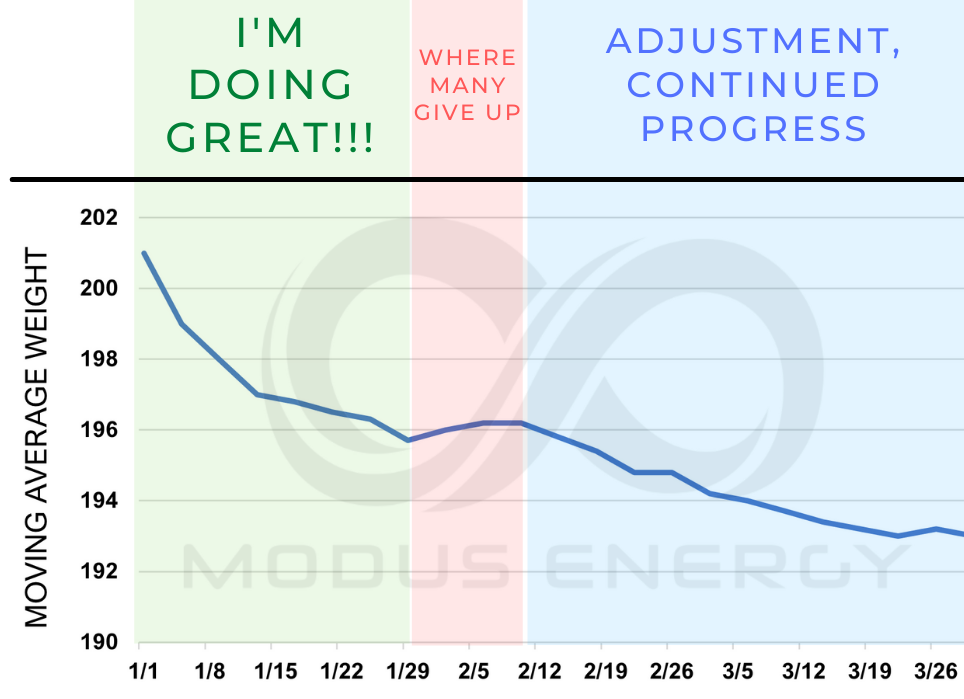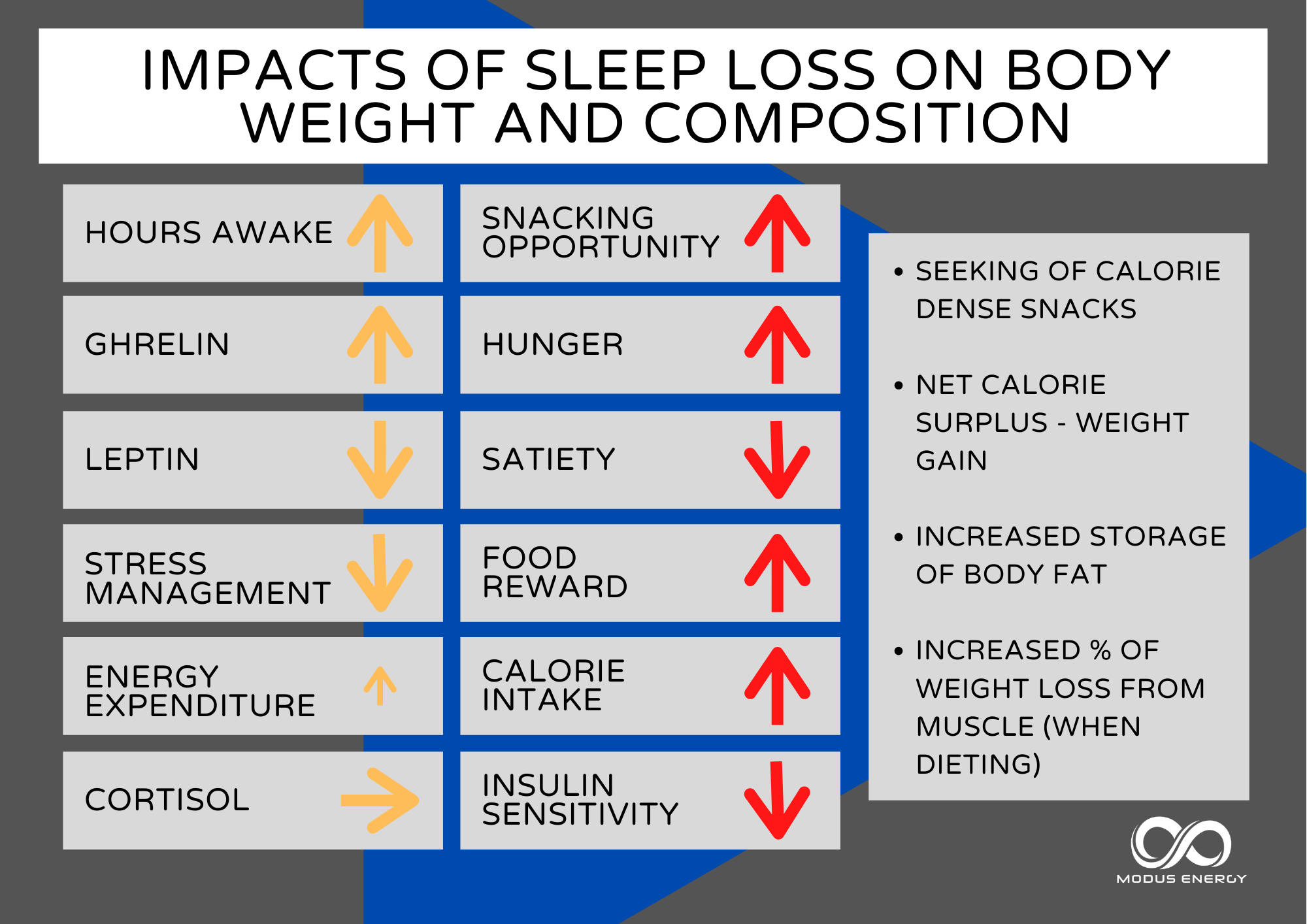
Staying hydrated – it’s important. Water supports many roles in human health and performance, including regulation of body temperature, delivery of nutrients to cells, organ function, lubrication of joints and ligaments, and mitigating infection. Hypohydration (result of dehydration), or hyperhydration (excessive rehydration), can lead to performance impairment. At the extremes, it poses a significant risk to health and life. Through proper replenishment of fluids, euhydration (body water balance) contributes to optimum performance.
Human water and water loss

The human body is 60-70% water. Fat tissue stores about 10% water, while muscle tissue is about 70% water. Given that a high proportion of our total weight is attributable to water, it’s intuitive that hydration status can play a meaningful role in day-to-day fluctuations in body weight. Excluding activity, adults lose anywhere from about 30 to 100 oz. water/day (~ 1 to 3 L) in the process of dehydration. About 60% is lost through urine, 35% through evaporation from the respiratory tract and sweat, and about another 5% in poo.

The impact of dehydration on performance
Appropriate fluid intake to limit dehydration is the single most effective way to maintain exercise capacity during training. Depending on physical and environmental factors, an additional 15 to over 170 oz. (~ 0.5 to 5L) of water per hour can be lost through sweat during exercise. Replenishment of water during a variety of activities demonstrates improved physiological function [1] and time to exhaustion [2]. Failure to replace water has demonstrated significant consequences to performance and risks health issues.
Blood flow to exercising muscles is reduced during dehydration. This reduction in blood flow leads to impaired performance. Even at only a 2% loss of body water, endurance and strength-power capacity begins to substantially diminish. Beyond 3% bodyweight loss starts to impose significant health risk. The amount of liquid required to maintain favorable water balance is variable between individuals, but often necessitates drinking before thirst begins. During exercise, most people do not typically get thirsty until they have already lost a meaningful amount of fluid through sweat. Generally, thirst is a lagging indicator of hydration status.

Rehydration
Rehydration and maintenance of body water balance is achieved by consumption of drinks AND foods. Approximately 50% of water is recovered by drinking water and 30% by drinking other fluids. About 20% from food. While we don’t think too much about eating water, many whole foods are loaded with it. Most fresh fruits and vegetables are over 90% water by weight, egg and cooked potato is >70% water. Seafood, meats, poultry, cooked rice, are 60-65% water. Processed foods have lower water content, for example bread (35-40%), cake (15-30%), and biscuits and crackers (1-5%). Therefore, individuals with a diet comprising a higher percentage of processed foods.
Rehydration can be accomplished with drinks other than water. Check out this information about the Beverage Hydration Index.
How do I know if I’m hydrated?
Thirst alone may not be the best indicator. A multi-factor approach such as the WUT (Weight-Urine-Thirst) self-assessment method can provide a better picture of likelihood of hypohydration for athletes. If you have two or more of these markers, it’s likely you are hypohydrated, and highly likely if you have all three.

WEIGHT
Day to day body weight losses in excess of 1.1% may be an indication of hypohydration (assuming free access to food and drink) . Weigh yourself first thing in the morning every day. For example, a 1.1% loss would be 1.65 lb. for a 150 lb. individual. Take this information into context with thirst and urine characteristics.
URINE (Volume and Color)
Urination is more frequent when body water is high, and less when body water is low. Therefore, if water loss is high due to sweating from exercise, less urine may be produced even if fluid intake is increased. Further, reduced urine production results in darker color and is somewhat indicative of hydration status. Use a urine assessment chart like the one below (and remember that the toilet contains water, which will dilute the color). A reduction in urine frequency with darkening of color may be an indication of hypohydration along with weight and thirst as indicators.
THIRST
Thirst can be a lagging indicator of hydration status; even if you aren’t thirsty, you may still be hypohydrated. If you are thirsty, take this information into context with change in weight and urine characteristics.
Habits to stay hydrated
1. Have a glass of water when you wake up in the morning
2. Eating contributes to hydration. Nearly all veggies and fruits are more than 90% water – keep up with these in your diet to support hydration!
3. Rule of thumb for general water intake per day = 1/2 bodyweight in ounces or more depending on your physiology, general activity and environment.
4. If you’re behind on water intake before training, 15-20 oz. in the two hours leading up, and another 5-10 oz. 20 minutes before.
5. During training – replace fluids based on your sweat rate. A typical replacement range is 17-70 oz. (0.5 – 2L) per hour of fluid. If training longer than an hour it might be a good idea to drink back some sweat (electrolytes) plus carbohydrate if warranted. Read about electrolytes and how to calculate sweat rate here.
Hope you found this post informative! Reach out anytime with questions.

Ready to start?
Get started with nutrition coaching
1. Nassis GP, Geladas ND. Effect of water ingestion on cardiovascular and thermal responses to prolonged cycling and running in humans: a comparison. Eur J Appl Physiol. 2002 Dec;88(3):227-34.
2. Samuel N. Cheuvront & Robert W. Kenefick (2016) Am I Drinking Enough? Yes, No, and Maybe, Journal of the American College of Nutrition, 35:2, 185-192
Instagram: @kmcgrath.phd Facebook: @1modusenergy






















